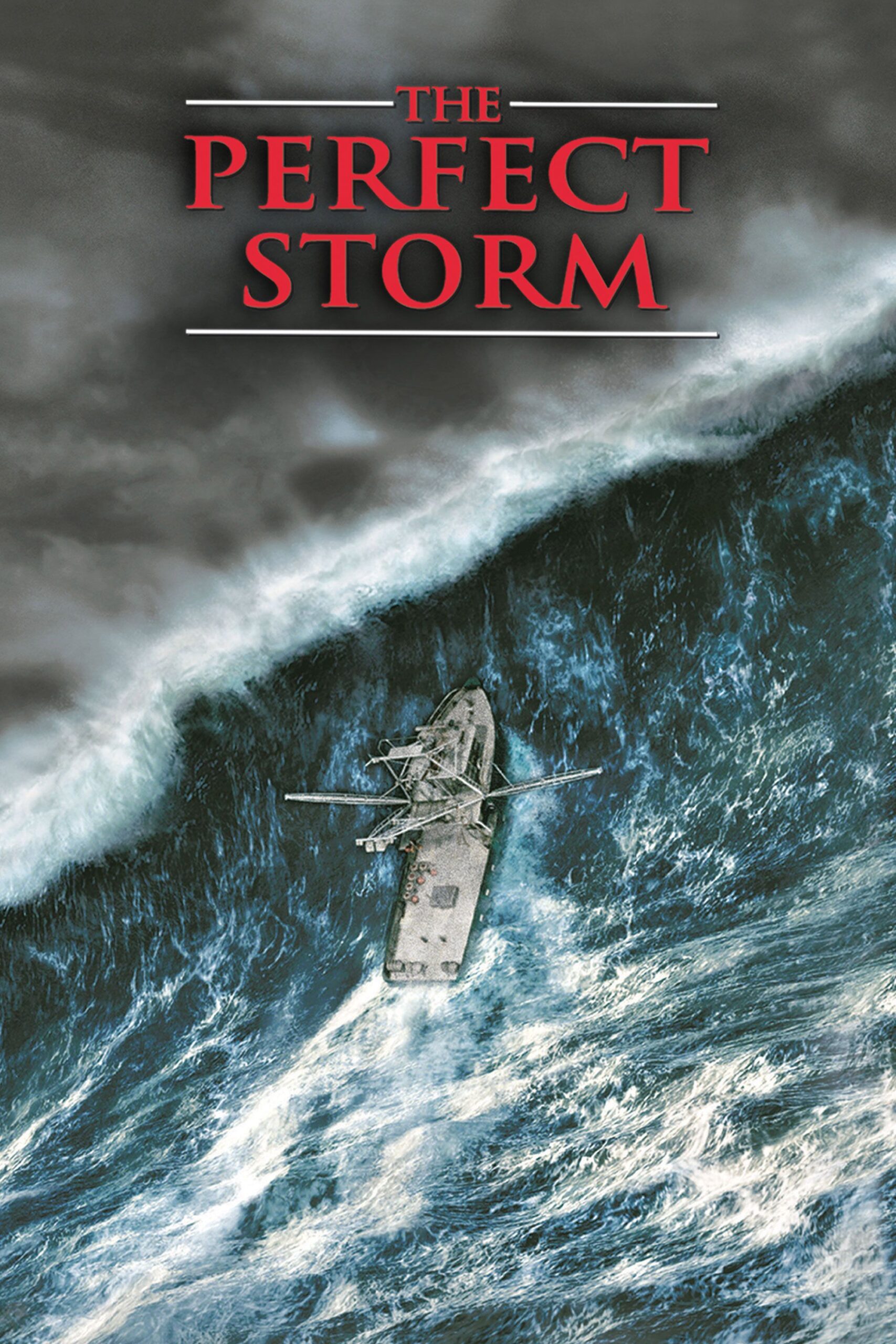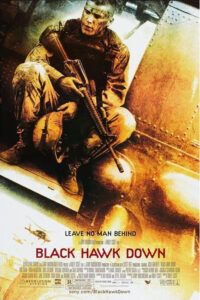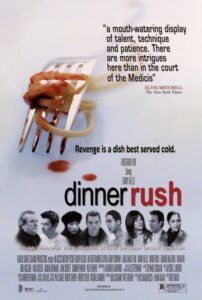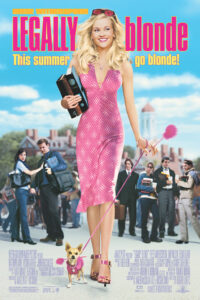The Skinny
Film version of Sebastion Junger’s account of what might have happened to a fishing boat caught at sea during a catastrophic storm in 1991.
The Bottom Line
Extraordinary visual effects make this film a “must see” on the big screen
The Full Review
The Perfect Storm, the film adaptation of Sebastian Junger’s novel of the same name, serves as a perfect complement to the author’s harrowing account of a fishing boat caught in the middle of a devastating storm off the coast of Massachusetts in 1991. Junger’s best-selling novel is as much a fascinating course in sword fishing and meteorology as it is a well-documented tale of the six fishermen aboard the ill-fated Andrea Gail. While the film version of the story, skillfully directed by Wolfgang Petersen, is not nearly as enlightening as Junger’s detailed narrative, the spectacular and otherwise unimaginable storm sequences that unfold on screen more than compensate for the film’s lean script.
The “perfect storm” refers to three raging weather fronts, one of which was Hurricane Grace, that unexpectedly collided in the North Atlantic to produce the fiercest storm in modern history. The storm, which struck on Halloween night 1991, formed with such suddenness that the National Weather Bureau didn’t have time to give it a name. Caught in the middle of this storm was the Andrea Gail, with its veteran captain Billy Tyne, played by George Clooney (Three Kings, Out of Sight, From Dusk Till Dawn), and its five crewmembers, Sully (William Fichtner), Bugsy (John Hawkes), Bobby Shatford (Mark Wahlberg), Murph (John C. Reilly) and Alfred Pierre (Allen Payne). After a run of bad luck, the men had set out into the North Atlantic for one last attempt at a big catch before the close of the sword-fishing season. With their livelihood and, perhaps more importantly, their manhood at stake, the men had refused to heed the storm warnings of fellow fishing captain Linda Greenlaw, played by Mary Elizabeth Mastrantonio and instead chose to take the storm head-on.
One of the more interesting stories to come out of the events surrounding this terrible storm was that of the amazing heroics of the members of the Coast Guard and Air National Guard rescue teams. The film does a terrific job of presenting in a compelling manner the extraordinary risks that these rescue personnel took in attempting to save the lives of people stranded at sea during the storm. In fact, in order to make the rescue scenes appear as realistic as possible, actors Josh Hopkins and Dash Mihok, who play Coast Guard parajumpers in the film, attended a parajumper training program in Arizona prior to filming.
All of the actors gave fine performances, particularly given how little character development there was in the film’s script. The two standouts were John C. Reilly and John Hawkes, who were truly convincing in their roles.
By far, the main attraction of The Perfect Storm are the stunning visual effects created by Industrial Light & Magic and a special effects team supervised by John Fazier, who has received Oscar nominations for his work on Armageddon and Twister. The effects teams’ near seamless blend of live action and digital imagery enabled them to create frighteningly realistic stormy seas. This provided for several truly breathtaking moments during the film. The overall look of the film was enhanced by the terrific cinematography created by John Seale, whose work on The English Patient earned him an Academy Award.
Sebastian Junger’s novel does a terrific job of describing in a compelling manner the events that unfolded when three major storms unexpectedly collided in the North Atlantic in 1991. But, it is the incredible visual effects in Wolfgang Petersen’s film that allow us to truly imagine what it must have been like to have suffered through the “perfect storm.”
Highlights
- The visual effects
- Diane Lane (A Walk on the Moon, Murder at 1600, The Outsiders), who plays Billy Tyne’s girlfriend, Christina Cotter.
Lowlights
- The not so subtle manner in which the audience is manipulated into caring about the well being of some of the crewmembers at the outset of the film.
- Many of the more fascinating bits of background information regarding the storm and the lives of sword fishermen presented in Junger’s novel did not find their way into the film’s script
Other Info
- Action: Plenty
- Nudity: None
- Violence: Light
- Humor: Minimal





